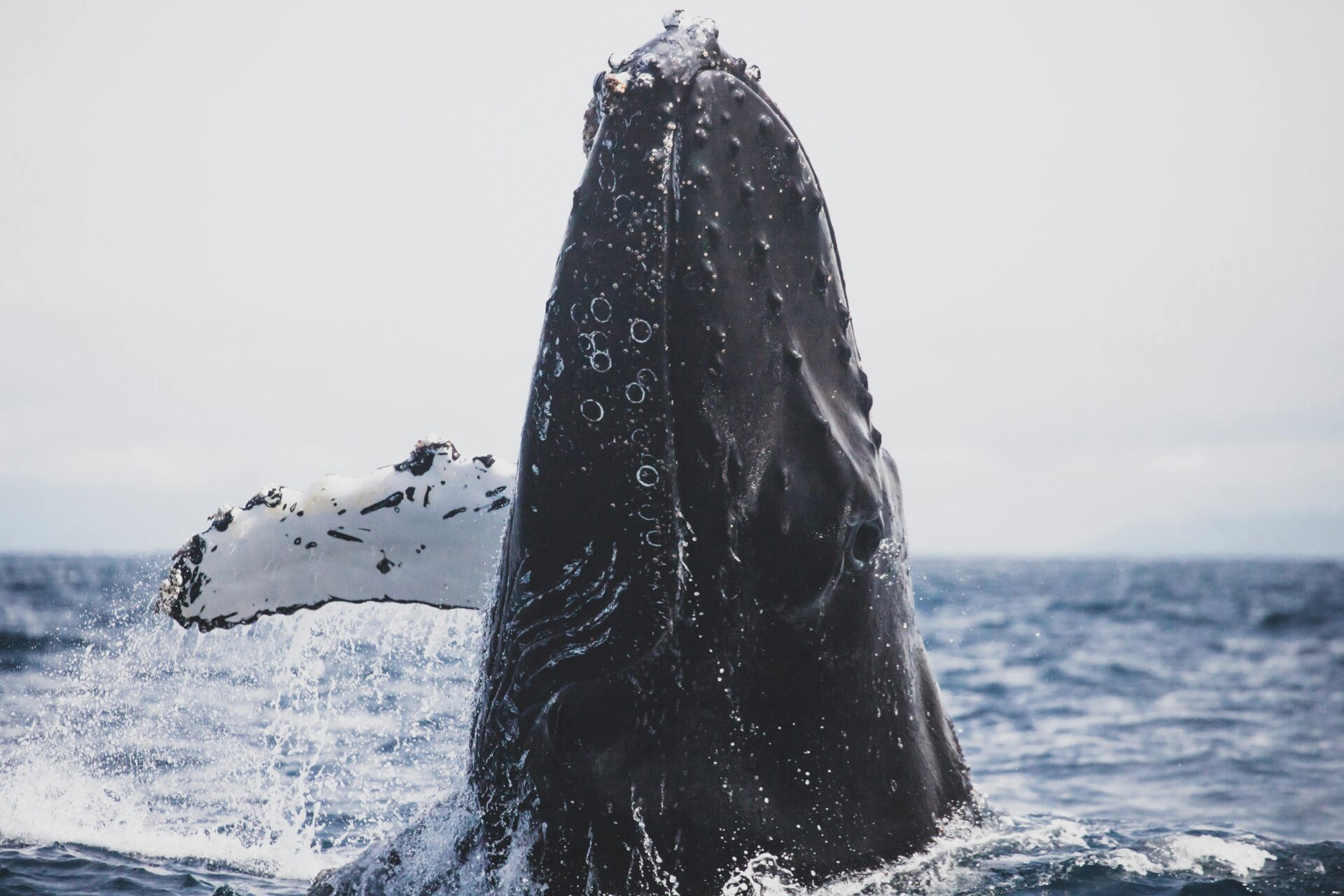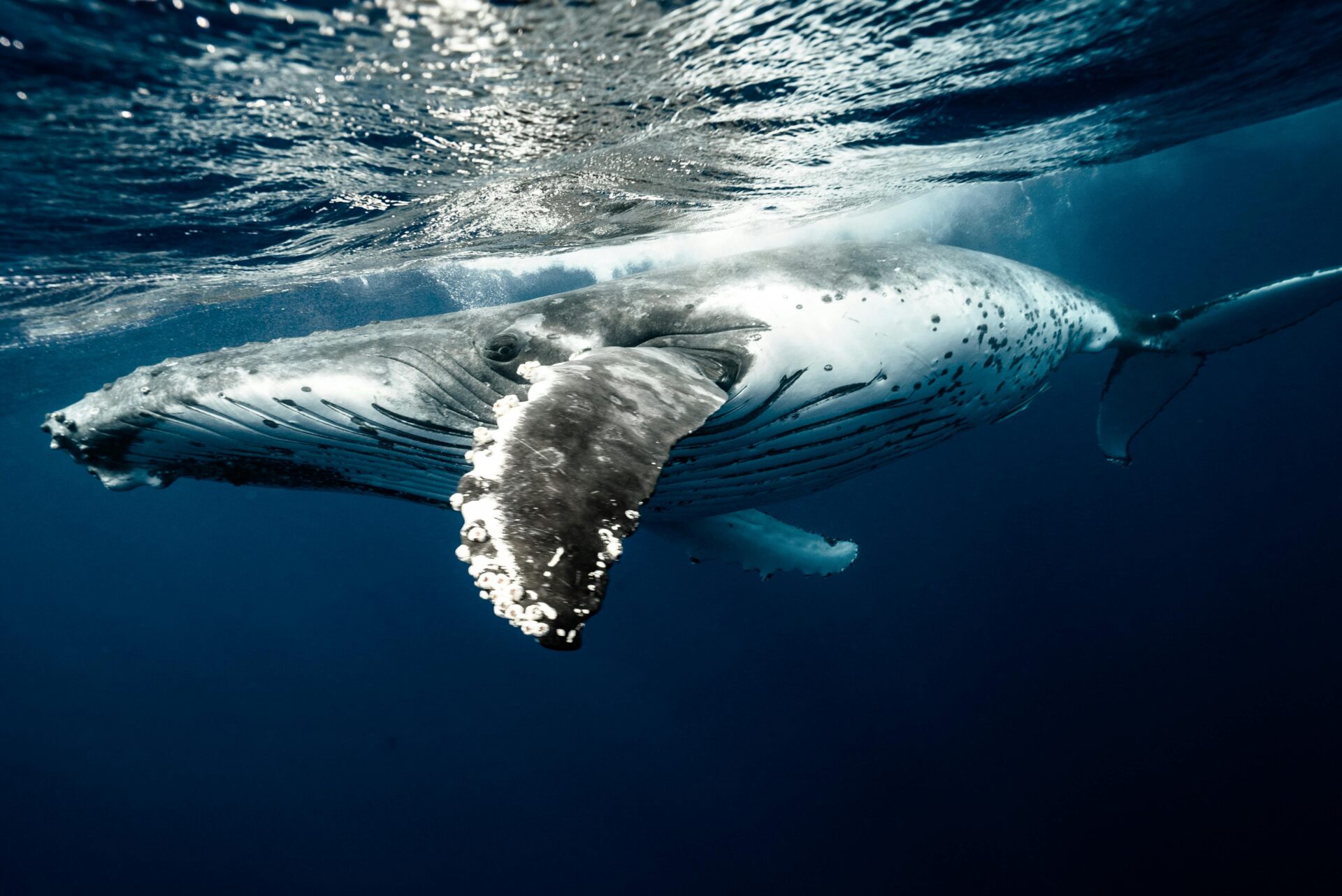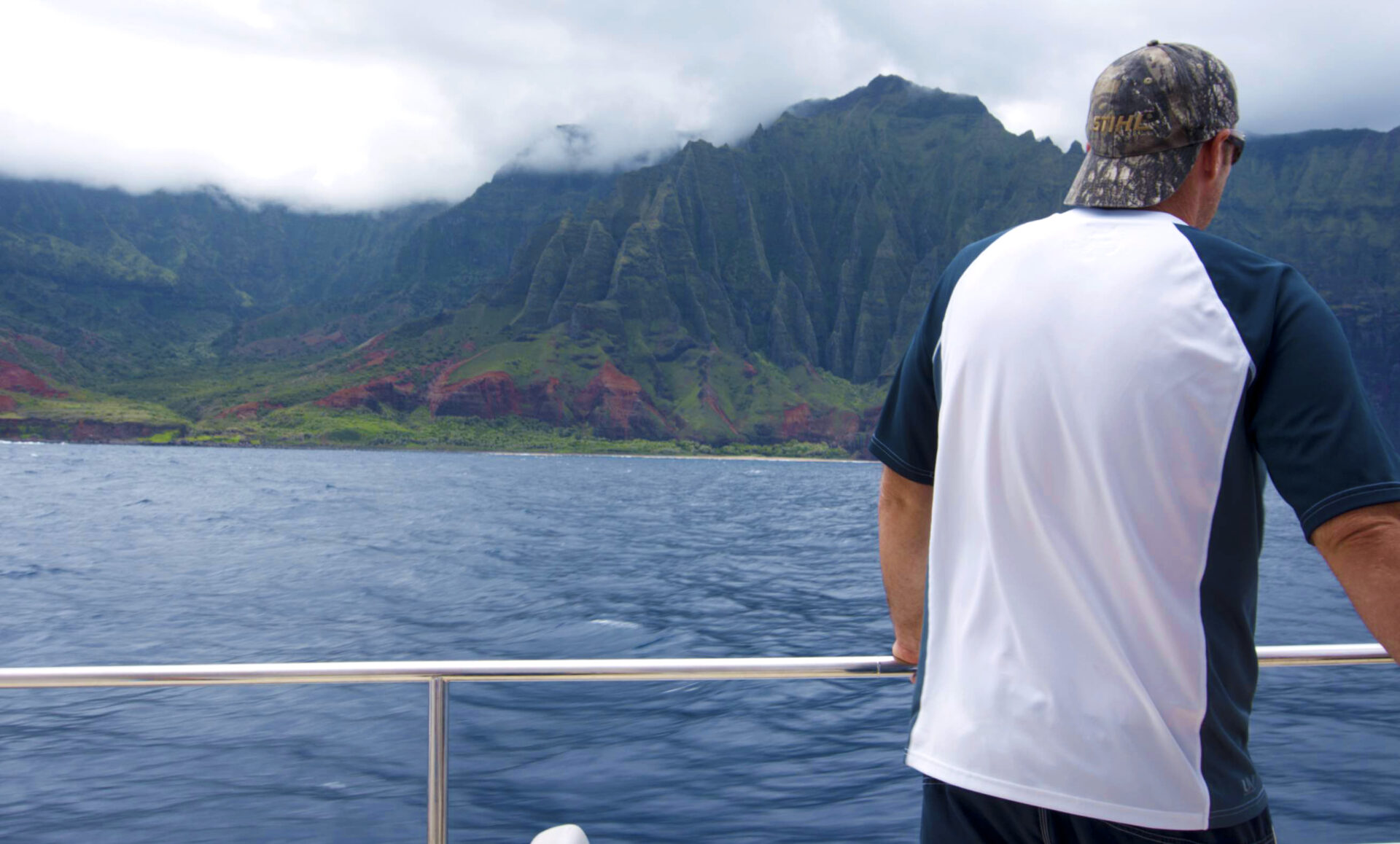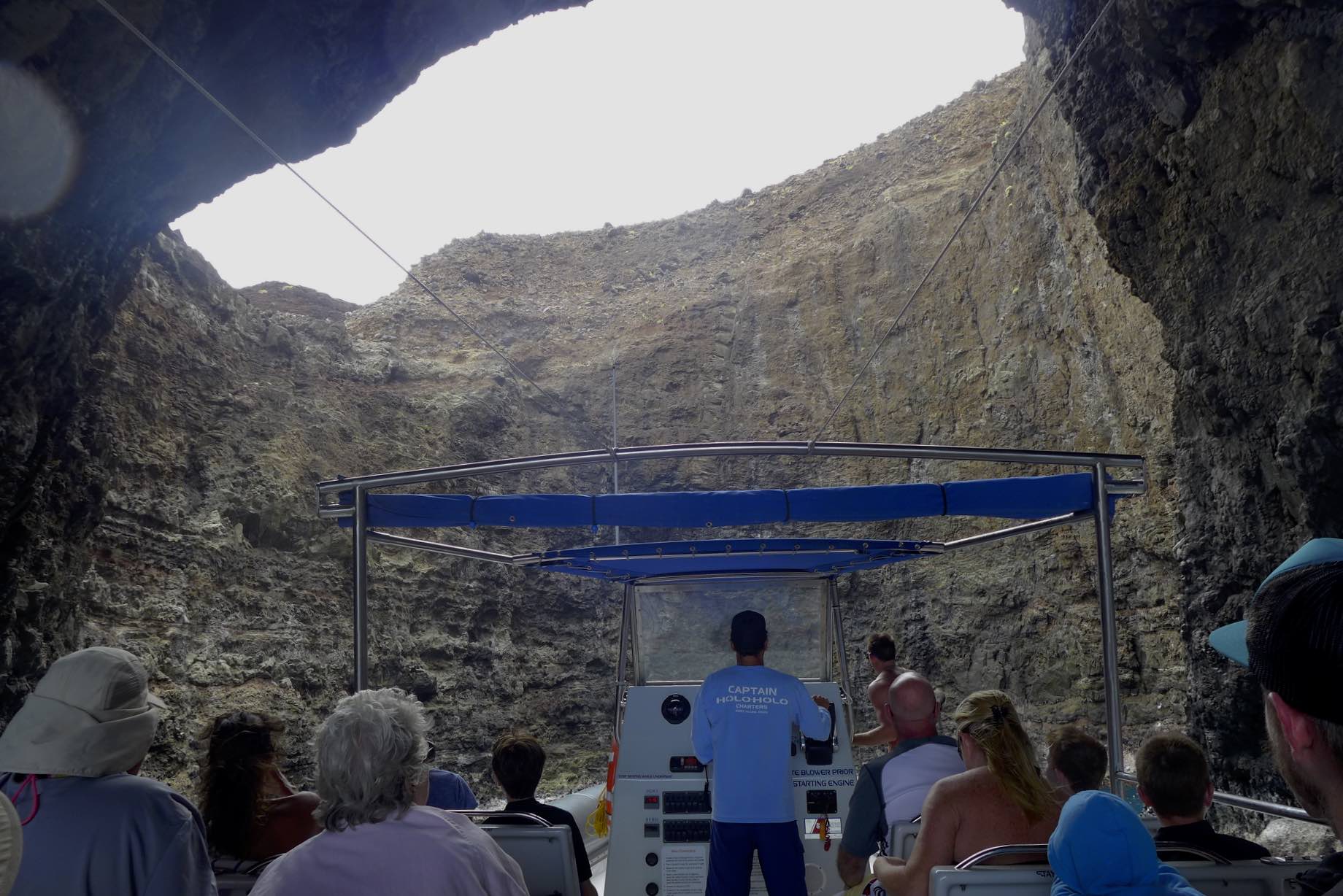Every year, one of the most incredible migrations in the animal kingdom takes place as thousands of humpback whales embark on their long journey from the icy waters of Alaska to the warm, tropical seas of Hawaii. This annual migration, covering roughly 3,000 miles, is a critical part of the humpback whales’ life cycle, where they seek refuge in Hawaii’s waters to mate, give birth, and nurture their young.
Why Do Humpback Whales Migrate?
Humpback whales migrate for two primary reasons: to find suitable conditions for breeding and giving birth and to access abundant feeding grounds. The colder waters of Alaska provide the rich feeding grounds that these massive mammals rely on. During the summer months, they feast on krill, small fish, and other marine life, building up their blubber reserves. This thick layer of fat is essential for surviving their journey and sustaining them while they spend the winter in Hawaii, where food is much scarcer.
Once winter approaches, the whales head south, traveling to Hawaii’s warmer waters. The primary purpose of this migration is reproduction. The relatively predator-free, shallow waters surrounding the Hawaiian Islands are ideal for calves, who are born without much blubber and therefore need warmer waters to survive. The islands also offer a sanctuary where humpback whales can mate and raise their young in relative safety.

The Route: From Alaska to Hawaii
The migration typically begins in late fall, with whales leaving their feeding grounds in Alaska around November and December. They make their way down the west coast of North America, eventually veering off toward the open ocean. Their destination is the Hawaiian archipelago, particularly around the islands of Maui, Molokai, Lanai, and Kahoolawe. The journey takes several weeks, with whales covering distances of up to 100 miles a day. Despite their size, humpback whales are incredibly agile swimmers, using their powerful tails to propel them through the water.
By mid-December to January, the first whales arrive in Hawaii. Peak season for humpback whale sightings in Hawaii occurs between January and March. During this time, the warm waters become a bustling playground for these magnificent creatures as they engage in courtship displays, breach spectacularly out of the water, and tend to their newborn calves.
Life in Hawaii: Mating and Birthing
The Hawaiian waters serve as a nursery for humpback whales. Females give birth to their calves here after a year-long gestation period. A newborn calf, usually around 10-15 feet long and weighing up to 2,000 pounds, depends on its mother’s rich milk to gain weight rapidly. Nursing is essential since the calf must develop enough blubber to survive the return migration to Alaska’s frigid waters.
Mating also takes place in Hawaii, with males competing for the attention of females through displays of strength and agility. Male humpbacks are known for their complex songs, which can last up to 20 minutes and are repeated for hours. These songs are believed to play a role in attracting mates and asserting dominance among other males.
The Journey Back to Alaska
By late spring, as temperatures begin to rise and food becomes scarcer in Hawaii, the whales start their journey back to Alaska. This return trip aligns with the seasonal bloom of plankton and small fish in the northern waters, providing the sustenance needed for these giant creatures. The calves, now stronger and well-fed, accompany their mothers on this long migration, learning the survival skills they’ll need to thrive in their new feeding grounds.
Challenges and Conservation Efforts
While humpback whales have made a remarkable recovery since being placed on the endangered species list due to commercial whaling, they still face numerous threats. Entanglement in fishing gear, ship strikes, and climate change are ongoing concerns. Conservation efforts, such as protected marine areas and responsible whale-watching guidelines, play a critical role in ensuring these majestic creatures continue their annual migrations.

In Hawaii, the Hawaiian Islands Humpback Whale National Marine Sanctuary actively works to protect these animals by educating the public, conducting research, and enforcing regulations that limit human interference. During the peak whale season, boaters and tour operators must follow strict guidelines to maintain a safe distance and minimize disturbances.
Appreciating the Journey of Humpback Whales
The annual migration of humpback whales from Alaska to Hawaii is one of nature’s most awe-inspiring spectacles. It’s a journey of survival, renewal, and the perpetuation of the species. If you’re lucky enough to witness these incredible animals in Hawaii, you’re not just seeing a beautiful display—you’re experiencing a story of resilience and the deep connection these whales have with the ocean. As we continue to learn about and protect them, we help ensure that future generations will also have the chance to marvel at this extraordinary journey.

Boat Tours

Makana Charters
Makana Charters offers a variety of boat tours with their fleet of power catamarans. They use a 32-foot power cat for 12 people, a 49-foot power cat for up to 32 people, a 47-foot Seiko that holds 36 people (great for those prone to seasickness), and a 34-foot Seiko for 16 people. The tours are relaxed and personable, offering a more intimate experience compared to other tours that can be more crowded.

Holo Holo Charters
Holo Holo Charters offers a 65-foot power catamaran for their tours. Their standout trip is a 7-hour tour to the “forbidden” island of Ni‘ihau. The tour includes a visit to Kalalau Beach on Na Pali, then snorkeling at Ni‘ihau, known for its clear waters and abundant fish.



0 Comments